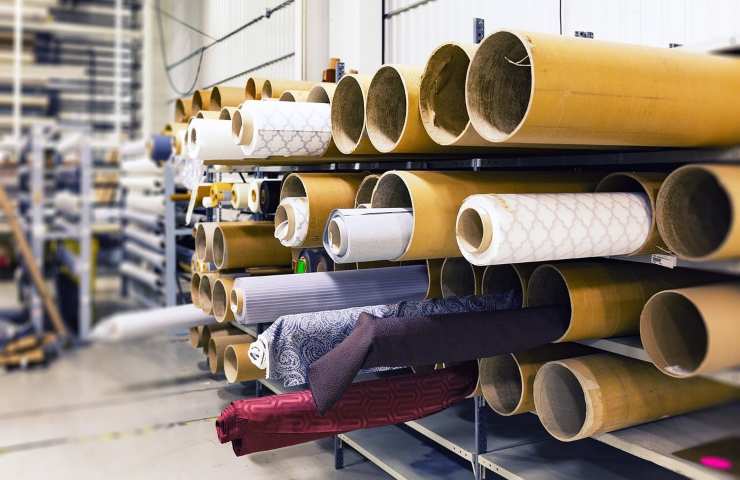
The ecological transition involves a series of strategies and policies aimed at reducing CO2 emissions and global warming. All the research and science at work to reduce the negative environmental impact and protect the health of our planet. The dynamics of the transition are made up of multiple sustainable actions to be applied in many industrial sectors.
Added to this are the separate collection of waste , the recycling and reuse of recovered materials. The circular economy is based precisely on these cornerstones in order to reduce the environmental impact caused by the release of waste of every kind and nature. An alternative to the linear economy, the circular economy is a model of production and consumption in favor of extending the life cycle of products for as long as possible, generating further value.
Reuse of fabrics: an innovative model

The circular economy involves all sectors, especially industrial ones, in order to obtain consistent and relevant environmental benefits . The fashion and clothing sector are not exempt from this new model. The promotion of the reuse of fabrics makes a significant contribution, with a considerable reduction in environmental impact, calculated at 70 times less.
Studies confirm the positive trend and certify that the reuse of fabrics is more advantageous than recycling on a global level. The savings also extend to the amount of water and greenhouse gas emissions into the atmosphere. Sustainable fabrics, created from reused clothing waste, are the best answer to the problems listed above.
YOU MAY ALSO BE INTERESTED IN>>> Fashion invests in sustainability. The textile industry becomes eco-sustainable
Green light, therefore, for investments to encourage textile fiber recycling plants and to promote the circular value chain. Better to reuse than recycle in order to further reduce the purchase of new, often redundant, items. The strategies must converge in the improvement of cutting-edge systems that allow us not to lose items of clothing and textile fibers that would otherwise be uselessly destined for incinerators.
YOU MAY ALSO BE INTERESTED IN>>> Green fashion, clothes are created from waste: the Italian project
Furthermore, fashion can change its vision , starting from the upstream production of eco-sustainable products, with a view to extending the life cycle of textile products. Then manage in the best possible way and with foresight the incredible quantity of materials that accumulate, to be reused in the fashion and clothing sectors, with sustainable creativity.